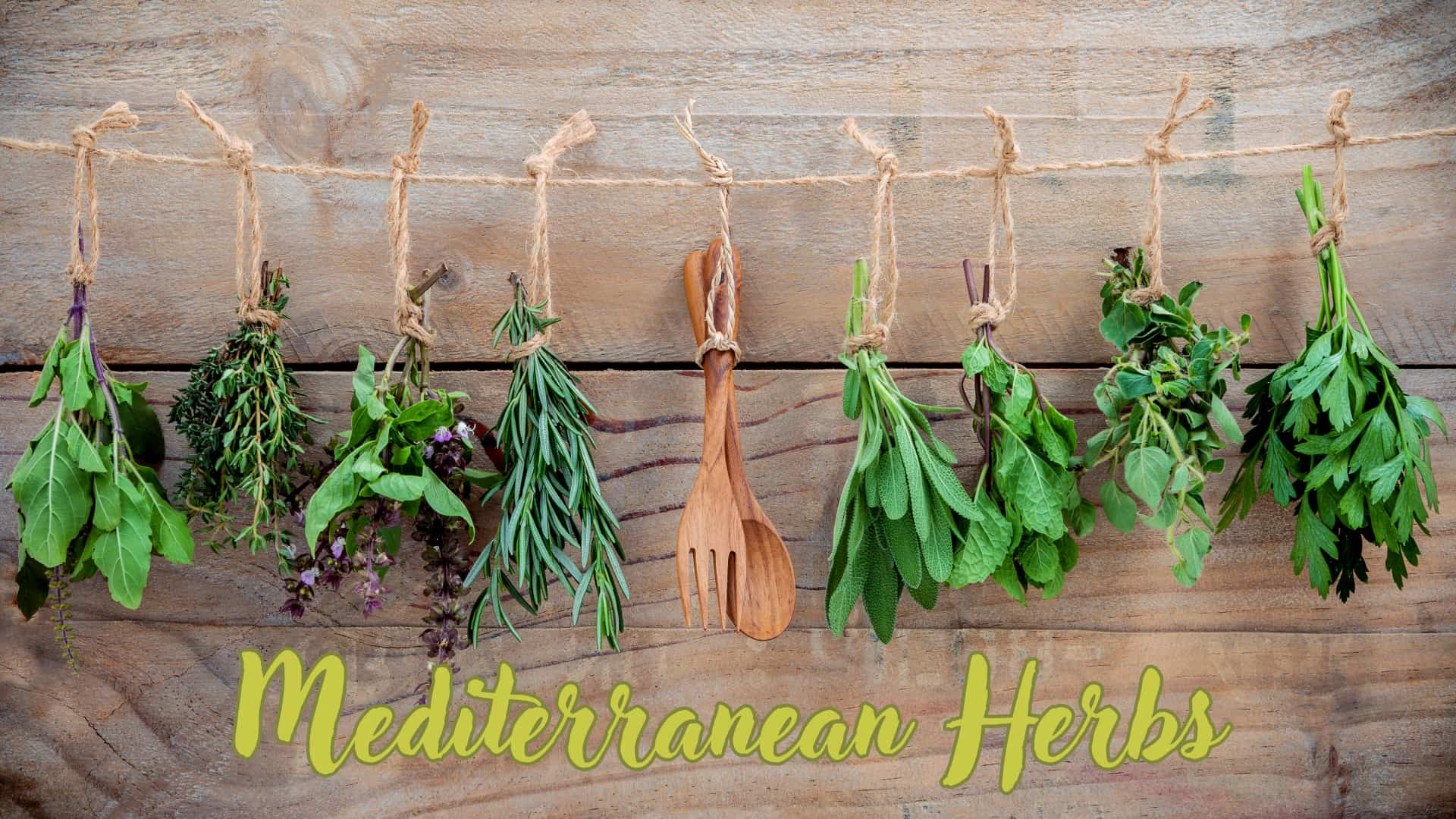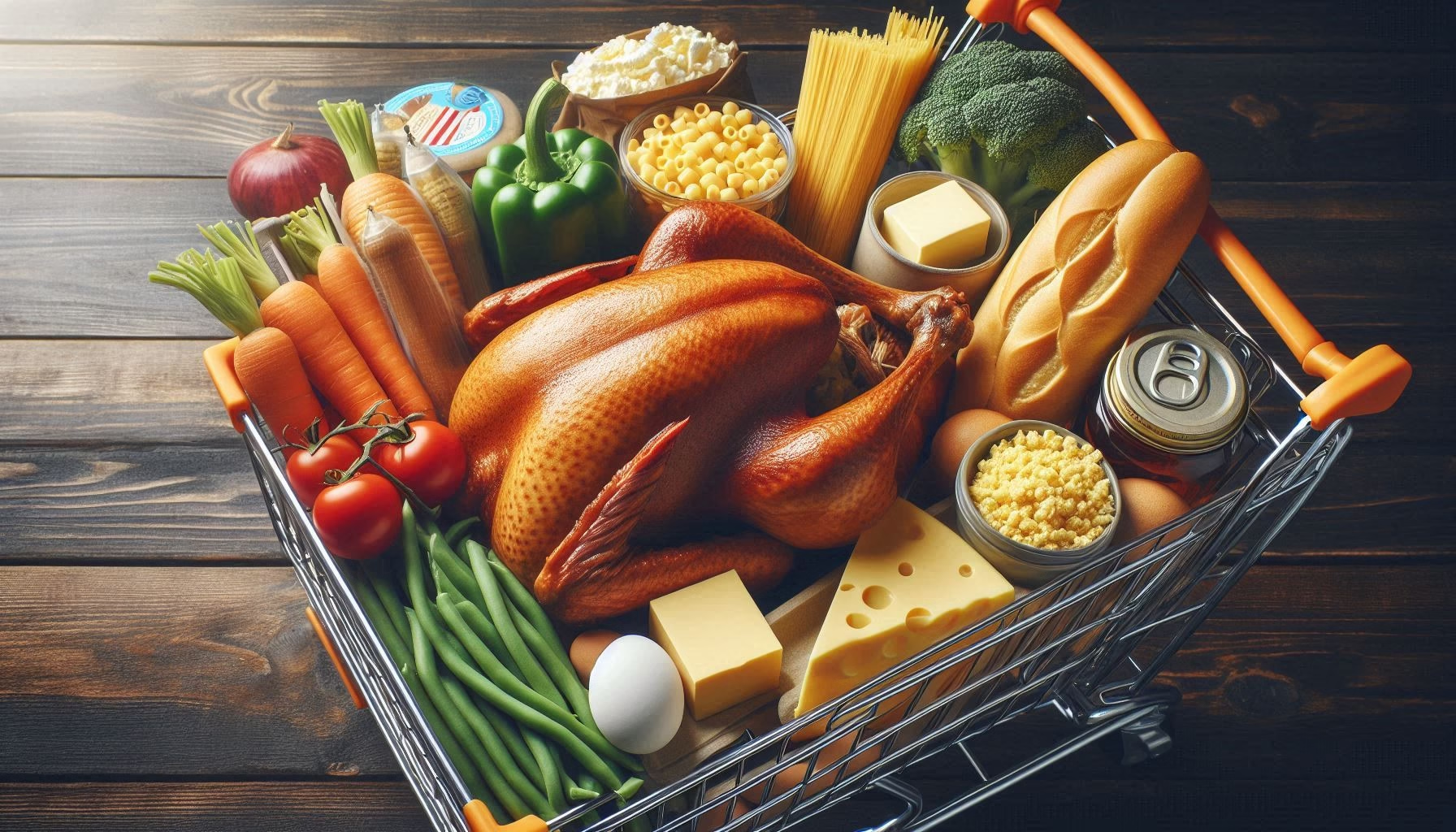
Living Up
Lessons to level up your life
In this article we explore the bounty of autumn and present a simple guide to seasonal fall fruits and vegetables from healthy colorful fall produce to extraordinary dishes when cooking with fresh herbs.
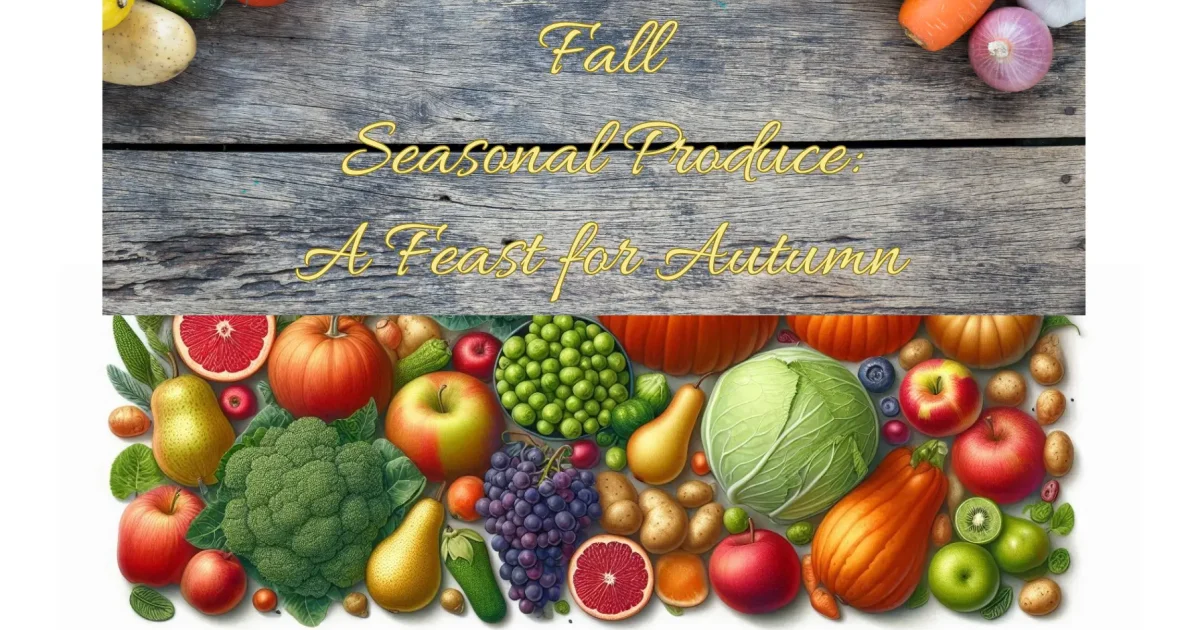
As the crisp autumn air descends upon us, it’s time to celebrate the abundance of seasonal fall fruits and vegetables at their peak during this time of year. Incorporating carrots into stews, adding grapes to salads for natural sweetness, or roasting squash with aromatic herbs like thyme and rosemary elevate simple dishes into culinary delights that capture the essence of autumn.
From vibrant hues of orange and deep greens to earthy flavors that warm the soul, fall vegetables offer a delicious array of options to incorporate into your meals.
One iconic fall vegetable that steals the spotlight is the humble but versatile pumpkin.
Whether you roast it for a savory dish, puree it into a creamy soup, or bake it into a delectable pie, pumpkins are a symbol of autumn harvest.
Another favorite is the hearty sweet potato, with its rich orange flesh packed with vitamins and minerals.
Roasted sweet potatoes sprinkled with a touch of cinnamon make for a comforting side dish on chilly evenings.
Brussels sprouts may have had a bad reputation in the past, but when prepared correctly, they shine as a nutritious and flavorful addition to fall meals.
Roasting them until crispy or sautéing them with garlic transforms these mini cabbages into a tasty treat.
For those looking for something lighter, green beans provide a refreshing crunch and are perfect for stir-fries or salads. Cauliflower emerges as an unsung hero among fall vegetables, offering endless possibilities for creative dishes.
Whether riced as a low-carb alternative or roasted with warming spices like ginger and turmeric, cauliflower proves its versatility in every bite.
And let’s not forget about kale – this leafy green powerhouse is not only packed with nutrients but also adds texture and color to salads or soups.
The bounty of fall vegetables available at farmers’ markets and grocery stores offers an opportunity to experiment in the kitchen and savor the flavors of the season.
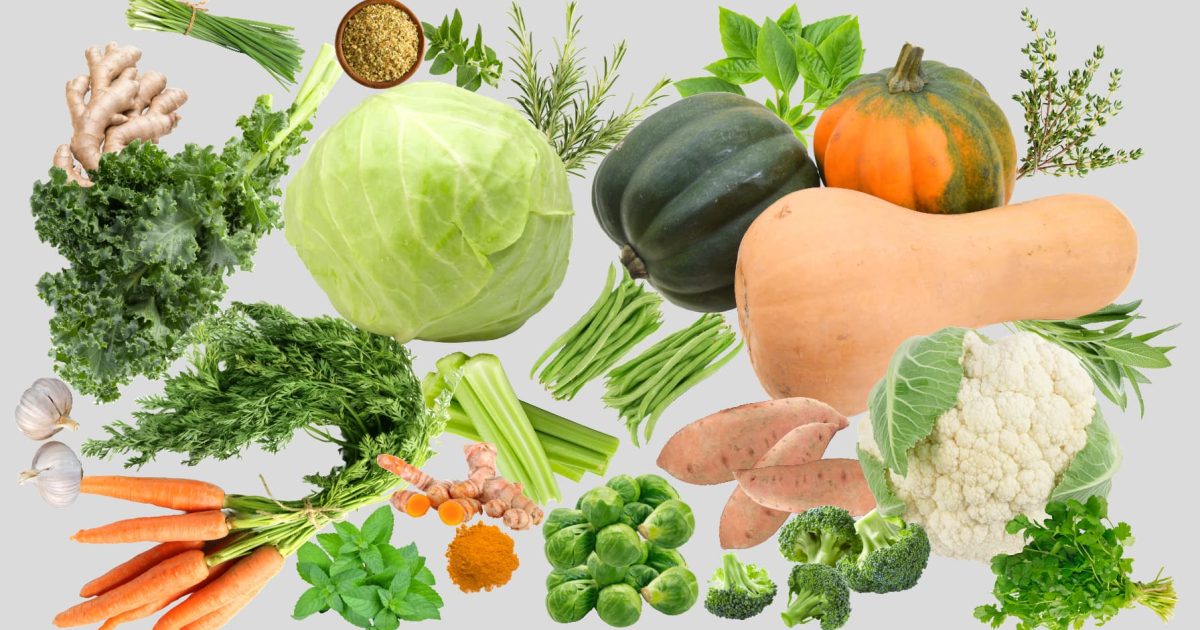
During the fall season, nature gifts us with a bounty of delicious fruits that are at their peak in terms of flavor and nutrition. From juicy apples to sweet pears, these seasonal fall fruits add a burst of freshness to our meals and snacks.
One of the most beloved fall fruits is the apple, with its crisp texture and variety of flavors ranging from sweet to tart. Whether enjoyed on its own or baked into a warm pie, apples are versatile and nutritious.
An autumn favorite is the pear, known for its delicate sweetness and buttery texture. Pears come in different varieties such as Anjou, Bartlett, and Bosc, each offering a unique taste experience.
Pears can be eaten fresh or incorporated into salads for a refreshing twist. Their subtle flavor pairs well with savory dishes too, adding a hint of sweetness to dishes like roasted Brussels sprouts or kale salad.
Cranberries are another seasonal fruit that shines in the fall. These vibrant red berries are rich in antioxidants and have a tart flavor that adds depth to both sweet and savory dishes.
From homemade cranberry sauce for Thanksgiving dinner to cranberry-orange muffins for breakfast, there are endless ways to enjoy this festive fruit during the fall season.
Grapes also reach their peak during the autumn months, offering a burst of juiciness in every bite. Whether snacking on them fresh or freezing them for a refreshing treat, grapes are not only delicious but also packed with vitamins and minerals. Their versatility makes them perfect for adding a touch of sweetness to salads or pairing them with cheese for an elegant appetizer spread.
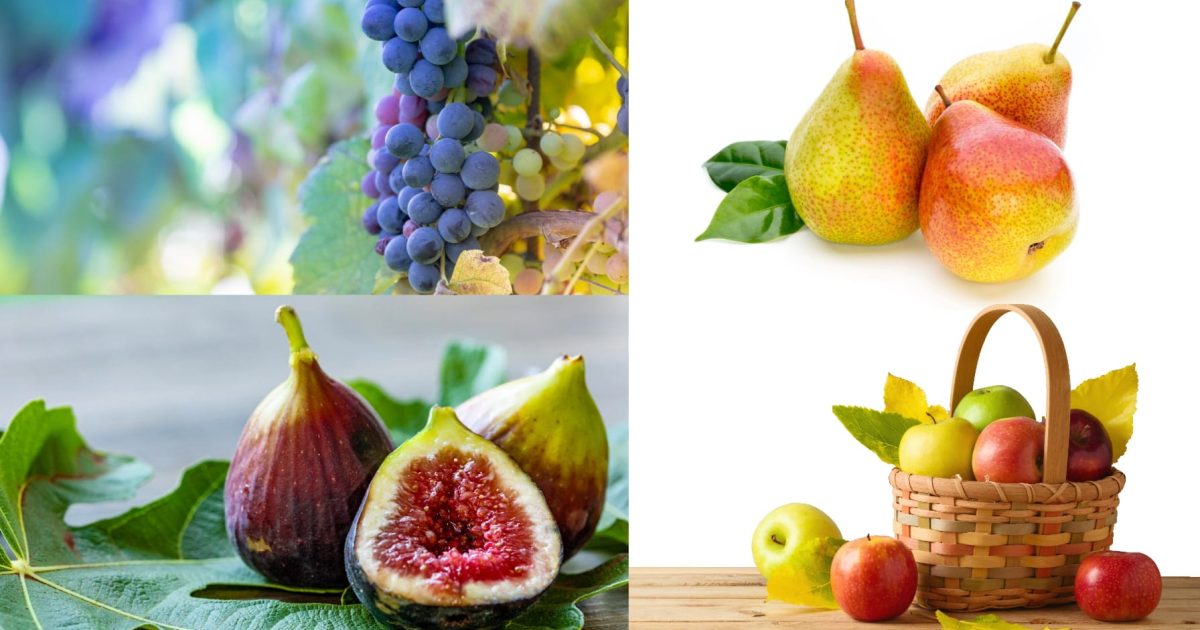
As the temperatures start to drop and the leaves change colors, it’s the perfect time to indulge in some of the healthiest vegetables that are best eaten in the fall. One such powerhouse vegetable is kale, renowned for its high nutrient content.
Packed with vitamins A, C, and K, as well as antioxidants and fiber, kale is a must-have on your fall menu. Whether you toss it into salads, sauté it with garlic and olive oil, or blend it into smoothies, kale is versatile and delicious.
Another fall favorite that shouldn’t be missed is butternut squash. This sweet and nutty vegetable is not only a comforting addition to soups and stews but also a nutritional powerhouse.
Butternut squash is rich in vitamin A, vitamin C, potassium, and fiber. Roast it with a drizzle of olive oil and a sprinkle of cinnamon for a tasty side dish that screams fall flavors.
Brussels sprouts often get a bad rap for being bitter or bland when overcooked. However, when prepared correctly – roasted until crispy or sautéed with garlic – they become one of the tastiest Fall vegetables around.
These mini cabbages are packed with nutrients like vitamin K, vitamin C, folate, and fiber. Plus, they add a wonderful texture to any dish they’re incorporated into.
Cauliflower may seem like an unassuming vegetable compared to its colorful counterparts like carrots or beets. Still, don’t underestimate its nutritional benefits.
Cauliflower is high in vitamins C and K while being low in calories – making it an excellent choice for those looking to maintain or lose weight during the colder months. Whether you mash cauliflower as a lower-carb alternative to mashed potatoes or roast florets with garlic for a flavorful side dish – this versatile veggie deserves its place at your fall table.

When it comes to the healthiest fruits to indulge in during the fall season, there are several delicious options that not only satisfy your sweet tooth but also provide a plethora of nutrients.
One standout fruit that shines during autumn is grapes. These little bursts of sweetness are packed with antioxidants, particularly resveratrol, which is beneficial for heart health and may even have anti-aging properties. Grapes are versatile and can be enjoyed fresh as a snack, added to salads for a burst of flavor, or even frozen for a refreshing treat.
Another fall favorite fruit that deserves a spot on your plate is cranberries. These vibrant red gems are known for their tart flavor and are rich in vitamin C and fiber.
Cranberries are excellent for promoting urinary tract health due to their natural antibacterial properties. Enjoy them in sauces, baked goods, or even infused in water for a refreshing twist. Apples are an iconic fall fruit that offers not only great taste but also impressive health benefits.
They contain soluble fiber which aids digestion and helps regulate blood sugar levels. The saying “an apple a day keeps the doctor away” holds true as apples are also rich in antioxidants and vitamin C, making them an ideal snack choice during the cooler months.
Pomegranates deserve a special mention when discussing the healthiest fruits for fall consumption. These jewel-like fruits are bursting with juicy arils filled with vitamins K and C, as well as potent antioxidants called punicalagin.
Pomegranates have anti-inflammatory properties and may help lower blood pressure levels. Sprinkle the arils over salads, yogurt bowls, or blend them into smoothies for a nutritious boost that adds color and flavor to your dishes.
When it comes to fall produce, there are certain vegetables and fruits that are at their peak freshness during this season. Choosing these fresh options over processed ones not only ensures better taste but also provides a higher nutritional value.
Take garlic, for example. This pungent bulb is an essential ingredient in many fall recipes and is known for its immune-boosting properties.
Opting for fresh garlic instead of the pre-minced or powdered versions can elevate the flavors of your dishes and offer more health benefits. Carrots are another staple fall vegetable that shines when in season.
Loaded with beta-carotene and antioxidants, fresh carrots add a vibrant crunch to salads, soups, and roasts. Avoiding processed carrot sticks or canned carrots means you get all the natural goodness without added preservatives or excessive sodium content.
Embrace the earthy sweetness of freshly harvested carrots in your autumn meals for a wholesome touch. Kale and cabbage are nutrient powerhouses that reach their peak during the fall months.
These leafy greens are rich in vitamins A, C, and K, along with essential minerals like calcium and potassium. Rather than opting for packaged coleslaw mix or pre-chopped kale in bags, choose whole heads of kale and cabbage to retain their crisp texture and maximize their health benefits.
Whether sautéed with garlic or used raw in salads, fresh kale, and cabbage bring a robust flavor profile to your fall dishes. Squash varieties such as butternut squash and acorn squash are autumn favorites that offer a delicious way to incorporate more vegetables into your diet.
Roasting cubes of fresh squash with a drizzle of olive oil and a sprinkling of ginger enhances their natural sweetness while providing fiber and essential nutrients. Canned squashes or squash soups laden with additives can be avoided by choosing whole squashes from local markets or grocery stores during the fall season for a farm-to-table experience that celebrates seasonal flavors.
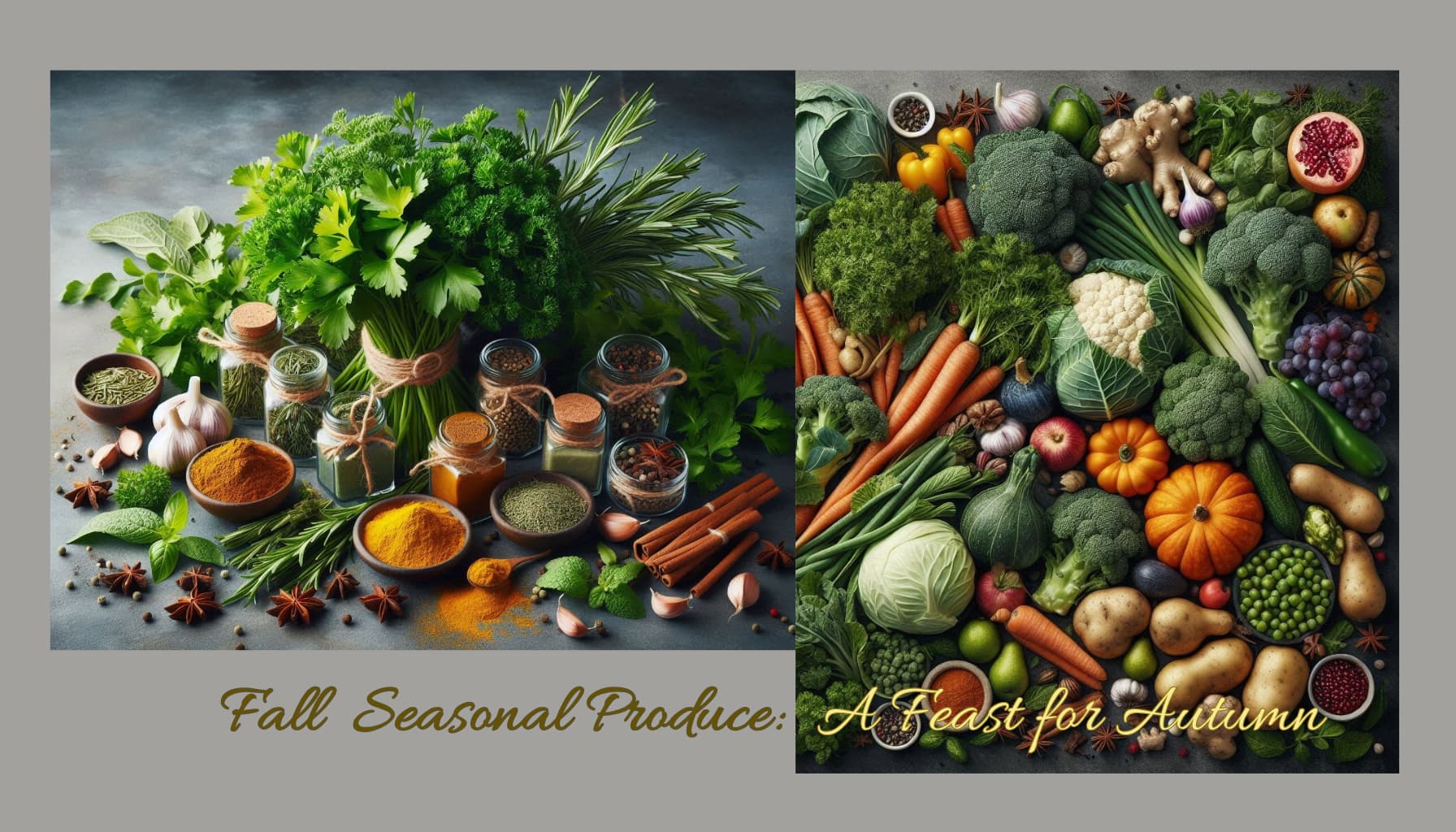
When it comes to cooking with fresh herbs during the autumn season, there is a delightful array of options that can elevate your dishes to new heights. One herb that shines during the fall is sage. Its earthy and slightly peppery flavor pairs beautifully with roasted vegetables like carrots, garlic, and squash.
Simply chop up some fresh sage leaves and sprinkle them over your roasted veggies for a burst of aroma and taste. Another herb that deserves a spot in your autumn cooking repertoire is thyme.
Thyme’s subtle lemony flavor complements a wide range of fall ingredients such as broccoli, cauliflower, and green beans. You can add thyme leaves to soups, stews, or even roasted dishes to infuse them with a fragrant essence that will have your kitchen smelling amazing.
Rosemary is a classic herb that thrives in the fall season. Its pine-like aroma enhances dishes like roasted potatoes, brussels sprouts, and for an interesting twist, grapes.
A simple but delicious way to use rosemary is to create skewers with grapes and rosemary sprigs for an appetizer or snack that combines sweet and savory flavors in a unique way. Don’t forget about parsley when it comes to fall cooking.
Parsley’s fresh and vibrant taste can brighten up dishes like kale salads, cabbage slaws, and cranberry sauces. You can chop parsley finely and sprinkle it over your dishes as a final touch to add a pop of color and freshness that will make your autumn meals visually appealing as well as delicious.
One of the best ways to elevate the flavors of your fall dishes is by cooking with fresh herbs. Not only do they add a burst of freshness and aroma to your meals, but they also come with a myriad of health benefits.
Herbs like parsley, cilantro, basil, and mint are rich in vitamins, antioxidants, and essential oils that can boost your immune system and promote overall well-being. Using fresh herbs in your cooking can also help reduce the need for excessive salt or unhealthy flavor enhancers.
Instead of relying on processed seasonings, you can rely on the natural flavors and aromas of herbs to enhance the taste of your dishes. For example, adding a handful of fresh parsley to roasted squash or broccoli can bring out the earthy sweetness of these vegetables without overpowering them.
Another advantage of cooking with fresh herbs is their versatility. Whether you’re making a hearty kale salad or a comforting bowl of cauliflower soup, there’s an herb that can complement and enhance the flavors in each dish.
Experimenting with different herb combinations can help you discover unique flavor profiles for your favorite fall recipes. For instance, adding rosemary to roasted carrots or thyme to sautéed green beans can take your dishes from ordinary to extraordinary.
Moreover, fresh herbs are easy to grow at home, whether in a small kitchen garden or on a sunny windowsill. Having a few pots of basil, chives, or oregano within arm’s reach means you’ll always have access to vibrant flavors whenever you cook.
The satisfaction of snipping off fragrant leaves straight from the plant and incorporating them into your meals is unmatched by store-bought dried herbs. So next time you’re prepping a dish with fall favorites like cabbage or cranberries, consider reaching for some fresh herbs to take it up a notch in both taste and nutrition.
When it comes to the benefits of not cooking vegetables and fruits, there are actually quite a few reasons why you might want to consider enjoying them raw. One major advantage is that raw produce retains more of its natural vitamins and minerals.
Cooking can sometimes lead to a loss of nutrients, especially when using high heat for an extended period. So by opting for raw veggies like kale or carrots, you’re getting the maximum nutritional value possible.
Another great reason to eat your seasonal Fall fruits and vegetables raw is that they often taste better in their natural state. Take grapes, for example – they are bursting with sweet juiciness when eaten fresh off the vine.
Cooking them would just ruin that delightful texture and flavor. Similarly, crunchy celery or crisp green beans lose their appeal when cooked to mushiness.
Furthermore, consuming raw vegetables and fruits can be easier on your digestive system. Raw foods typically retain more of their natural fibers, which can aid in digestion and promote gut health.
Fiber is essential for maintaining regular bowel movements and overall digestive well-being. Foods like cabbage or broccoli are packed with fiber that can benefit your digestive system when consumed in their raw form.
And let’s not forget about the convenience factor of enjoying produce without cooking it! Snacking on a handful of cranberries or grabbing a piece of ginger root to munch on the go requires no preparation time at all.
It’s a quick and easy way to get your daily dose of vitamins and minerals without any fuss. So next time you reach for that pot to cook up some veggies, consider trying them raw instead for maximum health benefits.
As we wrap up our exploration of the bountiful seasonal produce available during the fall season, it becomes evident that nature provides us with a true cornucopia of flavors, nutrients, and health benefits during this time of year. From the vibrant hues of pumpkin and butternut squash to the earthy goodness of kale and Brussels sprouts. Fall produce offers a feast for both the senses and the body.
Embracing these seasonal fall fruits and vegetables not only supports local farmers and reduces our carbon footprint but also allows us to savor the freshest, most nutrient-dense foods that nature has to offer. The crisp air and changing foliage signal a shift towards heartier meals filled with warming spices like ginger and garlic, root vegetables like carrots and celery, and antioxidant-rich berries such as cranberries.
By incorporating these fall superfoods into our diets, we can boost our immunity, support digestion, and nourish our bodies from within. Whether roasted to perfection or enjoyed raw in salads or smoothies, these ingredients provide a colorful tapestry of flavors that make every meal a celebration of the season.
As we bid farewell to Summer’s bounty and embrace the abundance of fall harvests, let us remember that eating with the seasons is not only beneficial for our health but also for our connection to the natural world. By choosing locally grown produce over imported or processed alternatives, we not only support sustainable agriculture practices but also honor the rhythm of nature’s cycles.
So next time you find yourself at the farmer’s market or grocery store surrounded by piles of cauliflower, grapes, and green beans be sure to fill your basket with an array of vibrant Fall fruits and vegetables – your taste buds and your body will thank you for it. Let us revel in the joyous symphony of flavors that Autumn brings into our kitchens.
As we gather around tables laden with dishes made from fresh kale, cabbage, and squash let us savor each bite knowing that we are nourishing ourselves in harmony with nature’s wisdom. So go ahead – indulge in those hearty stews filled with broccoli and hearty greens, toss those roasted Brussels sprouts and cauliflower with abandon, and raise a glass filled with freshly pressed apple cider to toast to health, happiness, and bountiful harvests. Cheers to fall, the season where every meal is a celebration of abundance!

Go vegetable heavy. Reverse the psychology of your plate by making meat the side dish and vegetables the main course.
– Bobby Flay
Sources:
Bobby Flay quote thanks to BrainyQuote.com
USDA. (n.d.) Seasonal Produce Guida. U. S. Department of Agriculture SNAP-ED Connection, Resources, Nutrition Education Materials.





